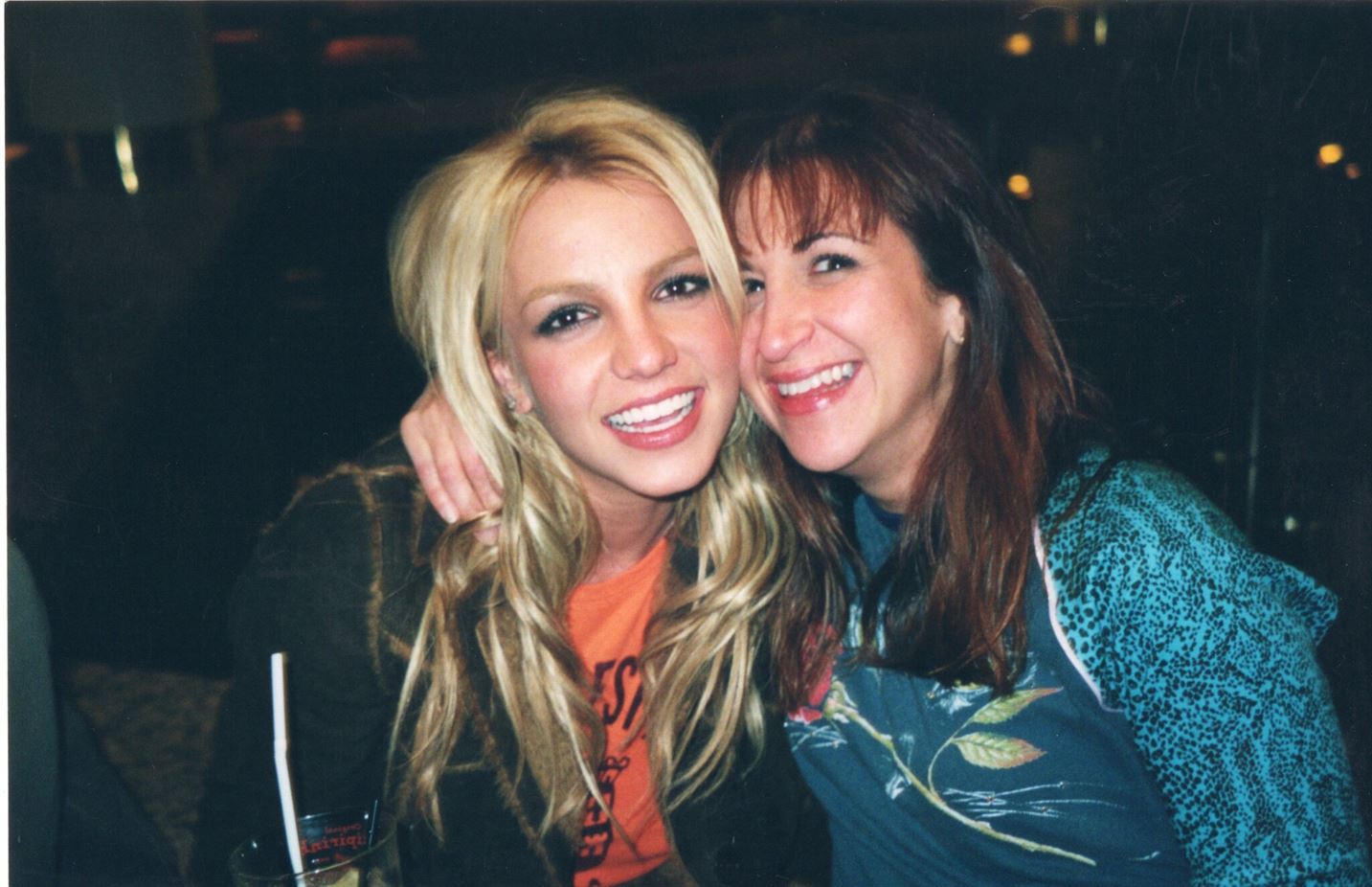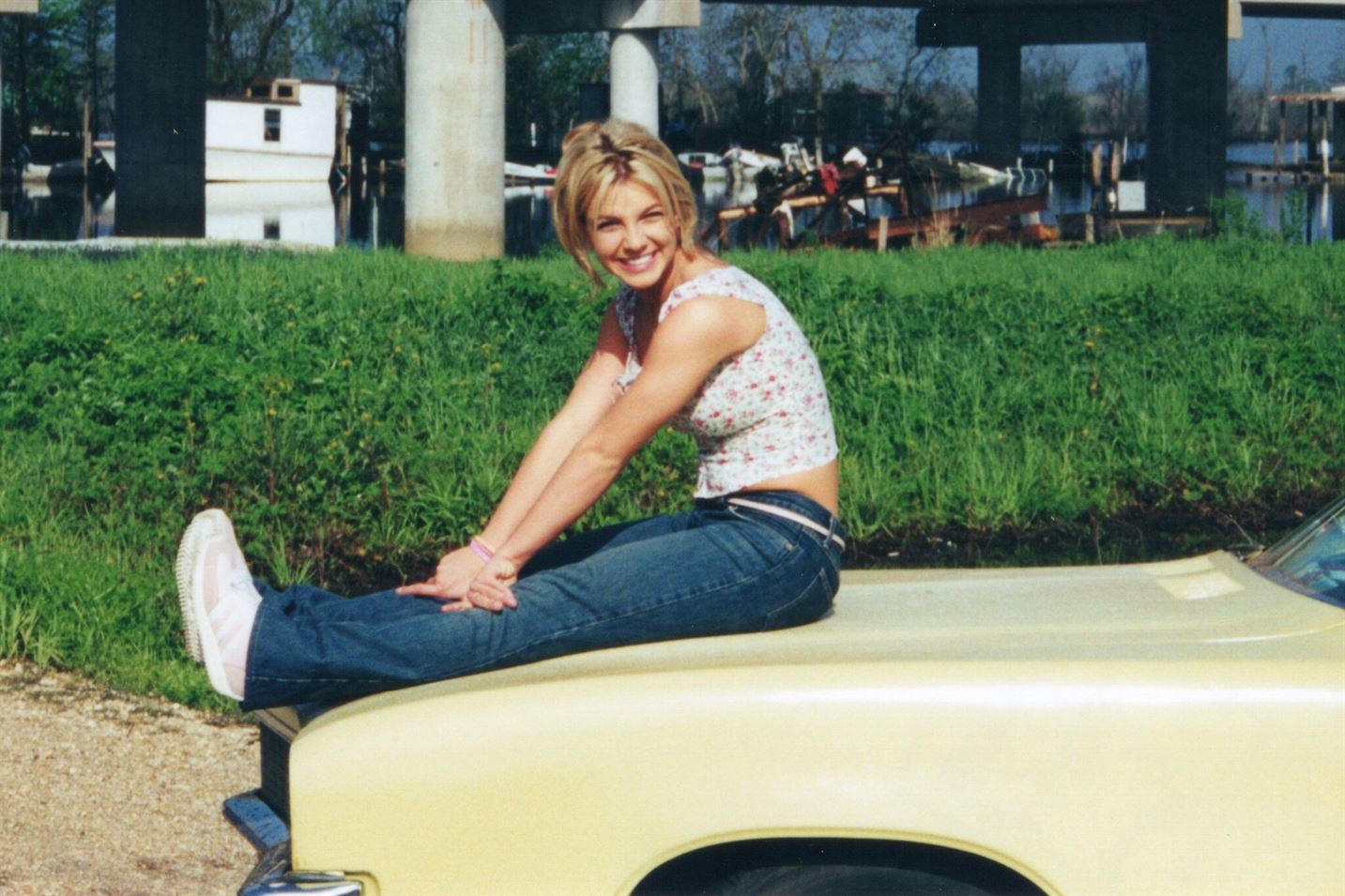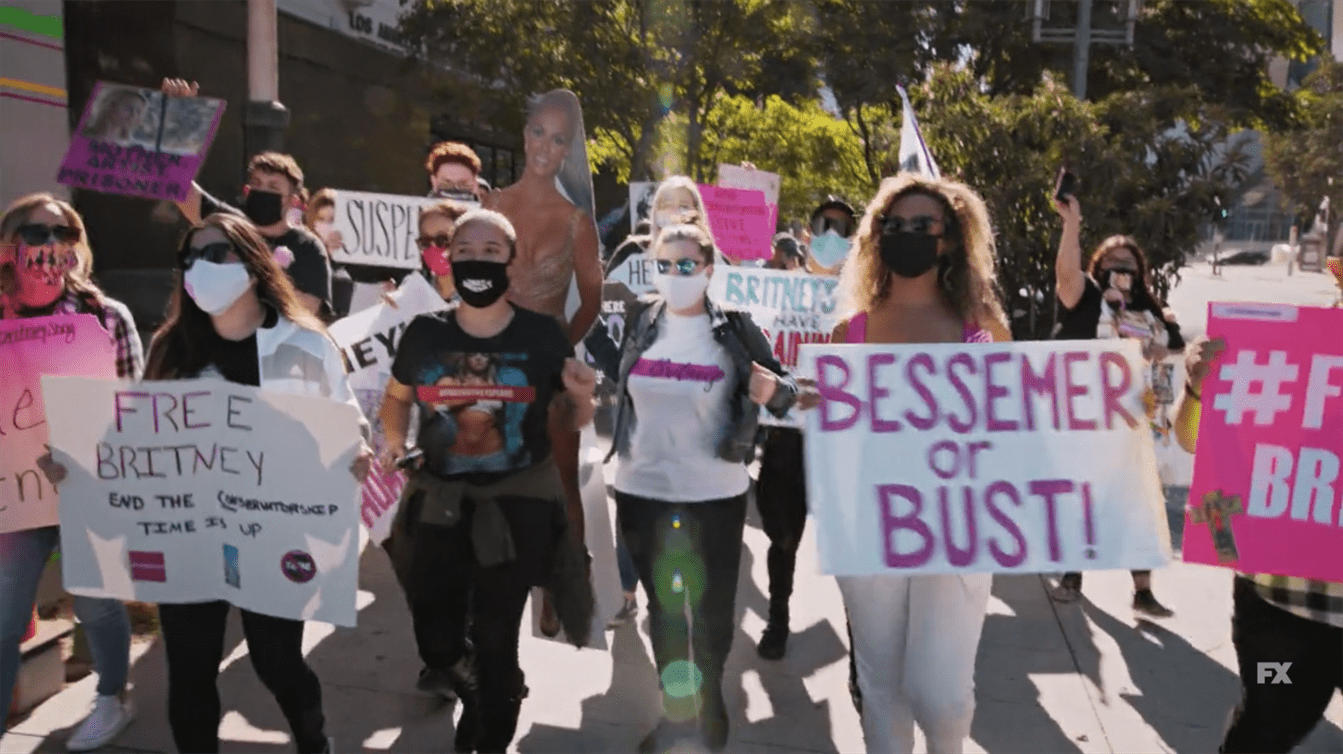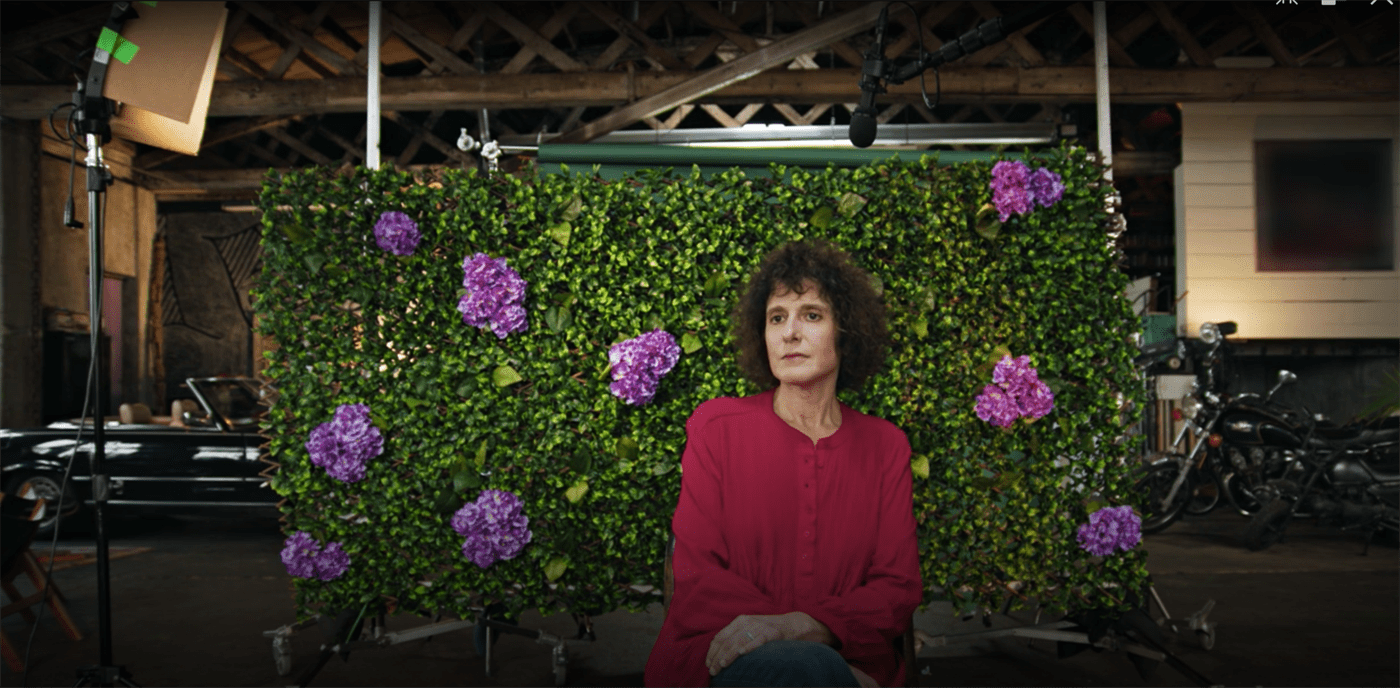“Framing Britney Spears,” the sixth episode of “The New York Times Presents,” premiered Feb. 5 on FX and Hulu, giving its audience a glimpse into the tumultuous life and career of the reigning princess of pop, Britney Spears. The episode spans from her beginnings to the current court battle against her father, Jamie Spears, to remain in control of her life.
The documentary revolves around conservatorships, a legal concept the documentary defines as, “a person, official or institution designated to take over and protect the interests of an incompetent.” Though unfamiliar to most people, Britney Spears understands the term all too well as she has been under one since 2008.
Despite being unauthorized by Britney Spears and her team, the documentary is well-informed and carefully differentiates fact and speculation. This is due to the many interviews conducted with people who worked closely with the singer, in addition to reporters, legal experts and activist fans of the #FreeBritney movement, a growing campaign that calls to remove Jamie Spears as her conservator.
A major key to the entertainment, credentials and heart of the documentary is Britney Spears’ bubbly and sweet lifelong friend and former personal assistant, Felicia Culotta.
Culotta’s description of Britney Spears and the memories they shared brings the audience into their relationship. The unseen personal photos and tour memorabilia around Culotta’s humble home convinces the audience that she genuinely loves and cares about the pop star, allowing us to trust her and the documentary itself.
Going beyond just entertaining and informing audiences, the film has majorly influenced the public’s realization that what was once considered socially acceptable in the media has changed.

Felicia Culotta is Britney Spears’ longtime friend and former assistant.
Photo courtesy of Felicia Culotta
The documentary rightfully calls out journalist Diane Sawyer’s brutal 2003 ABC interview, as well as singer and actor Justin Timberlake’s unfair incrimination and public humiliation of Britney Spears for personal gain after their high-profile breakup in 2002. Sawyer and Timberlake have recently been called on to apologize to Britney Spears for their behavior, in which Timberlake delivered in a social media post nearly a week after the film’s release.
The documentary wisely makes a point to show how far the media and society has come when discussing mental health and treating celebrities. In 2007, the world only voiced what was wrong with Britney Spears and rooted for her unraveling. Everyone who watches this film must thankfully say to themselves, “this would never happen today.”
With so much information to fit into a run time of one hour and 15 minutes, the editors succeeded in concisely incorporating the highlights of Britney Spears’ early career into the first half of the film. The events documented were satisfyingly organized into segments titled by the year that they happened, gradually building up the drama and anticipation for the inevitable downfall to come.
Man it’s so much fun out here !!!!! Especially when you don’t have to do ANYTHING AT ALL 🙊🙊🙊🙊🙊 !!!!! pic.twitter.com/G0VGYvmOoz
— Britney Spears 🌹🚀 (@britneyspears) February 19, 2021
The footage of performances and lighthearted interviews about the success of the singer’s earlier days set a powerful contrast against the terrifying and cringeworthy footage that capture her being swarmed by paparazzi.
It is incredible to hear such rare insight from retired paparazzo Daniel Ramos, who admits that getting sucked into the business made him lose empathy for celebrities.
Ramos also mentions Britney Spears’ cousin and former assistant, Alli Sims, who was with her the night she famously struck Ramos’ car with an umbrella. After the film was released, Sims came forward with information that would have been useful for the documentary.
Sims revealed she has not had any contact with her cousin since the conservatorship was put in place in 2008, when Jamie Spears threatened Sims to stay away from his daughter.
One of the most significant shots in the documentary features former Senior Director of Marketing at Jive Records, Kim Kaiman, who also discussed an unpleasant interaction with Jamie Spears. After sharing, the camera cuts back to reveal she and other interviewees were filmed in front of a tiny backdrop in a big, empty, dingy studio warehouse.
This is in contrast to the bright, natural lighting against the wall covered in greenery and colorful flowers, which originally led viewers to believe filming occurred outside in a lovely garden.
Only lasting for a second, this shot is a powerful visual metaphor for the ugly truth behind the carefully curated, beautiful image of Britney Spears.
Between concerning moments of Britney Spears’ well-being and courtroom failures are clips of silly videos and posts the singer is known for sharing on social media. The shining, happy image she shares with fans balances with the less fun conservatorship drama to create ambivalence.
The documentary purposefully creates a confusing perspective on the situation to deprive viewers of a satisfying ending. There are no real answers, and the film does not pretend to have them.

“Framing Britney Spears” shows unseen photos of the singer taken by her former assistant, Felicia Culotta.
Photo courtesy of Felicia Culotta
Though The New York Times does not force a certain narrative into viewers’ heads, it presents both sides of the situation: Britney Spears wanting to replace her father as conservator and Jamie Spears’ argument for remaining in the position.
The editors helpfully minimized the legal jargon surrounding the court battles by including easy to understand explanations from lawyer Vivian Lee Thoreen, who went on to join Jamie Spears’ defense team following her interview for the documentary.
Thoreen recently defended Jamie Spears on Good Morning America, claiming him to be a dedicated and loving father who has his daughter’s best interest at heart despite her multiple attempts to refuse him as her conservator.
The interviews with the creators of the #FreeBritney movement and popular Instagram account “Britney’s Gram,” Barbara Gray and Tess Barker, seem a bit unnecessary since the movement was initially based on speculation and unauthorized facts. However, it provides footage of fans talking about their concern and admiration for Britney Spears, someone that has helped them come into their identity and overcome the stigma of mental health.

The #FreeBritney movement is a campaign that calls to remove Jamie Spears as the singer’s conservator.
Photo courtesy of FX
It added to credible sources of former backup dancer Kevin Tancharoen and conservative-specialized lawyer Adam Streisand’s refreshing portrayal of Britney Spears as a creative, capable and competent artist.
The documentary was well-intentioned and well-executed, but is limited by its time frame. It is easy to forget that such a monumental topic and popular film is only an episode of a bigger, unrelated series. The story requires more opportunity to make an impression, which an hour and 15 minutes does not allow.
Luckily, the film’s success sparked an upcoming Netflix documentary centered around the same topic that has potential to be even bigger.
“Framing Britney Spears” successfully enlightens audiences on Britney Spears’ conservatorship situation, as well as conservatorship abuse, mental health stigma and the toxicity of celebrity culture.
Hopefully soon, Britney Spears will be able to further enlighten us on these issues.
“I know at some point she will tell her story,” Culotta said at the end of the documentary. “Everything will fall into place.”




